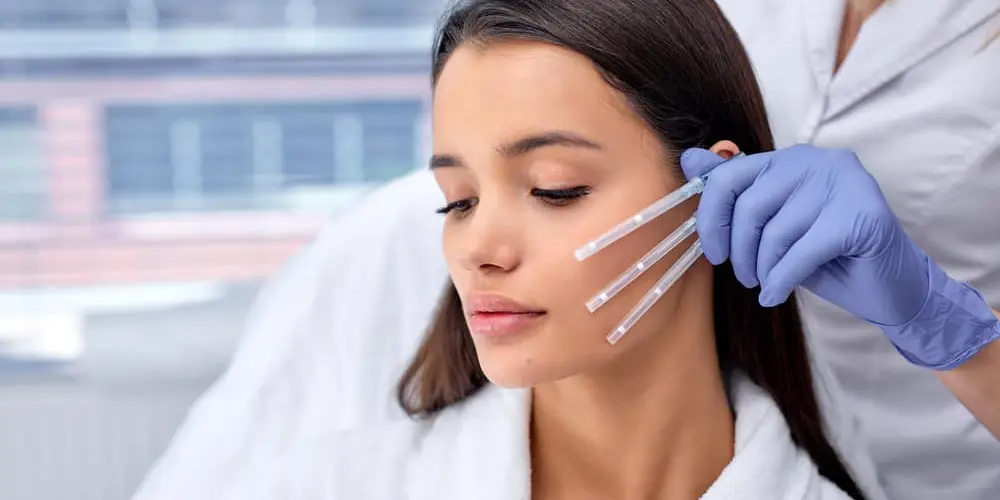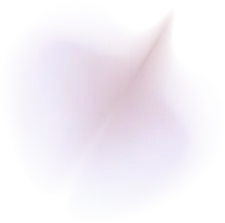Threads refer to sutures (stitches) that are designed to lift the face, restore volume, stimulate collagen, or correct wrinkles.
For this article, I am going to talk about threads that are designed to lift.
A facelift is a surgical procedure that involves making an opening and using sutures to tighten the SMAS of the face. The SMAS is the “superficial musculoaponeurotic system” that connects the skin to the deeper structures of the face. This involves surgery, a fairly long incision, and some degree of downtime. A facelift also leaves a scar even under the best of circumstances.
A thread lift can be performed to simulate some aspects of a facelift, but without cutting. A thread lift also has less downtime and is safer than facelift surgery.
The limitations to a nonsurgical thread lift include not being able to lift quite as much, particularly in the neck and in people with more advanced features of aging.
The threads have been used to lift the face for almost 20 years, but until the past several years, the thread lifts were not that impressive. This has changed with the use of robust, dissolvable sutures and changes in the design of the treads.
The threads we use today are dissolvable and therefore your body builds collagen to hold the tissue in place making the results longer lasting. They have cleats or cogs on the threads that allow them to grab the SMAS tissue so it can be lifted to anchor points on the face.
The common indication for thread lifting includes the nasolabial fold, marionette line, and jowl.
Image: Nasolabial fold, marionette line, and jowl:
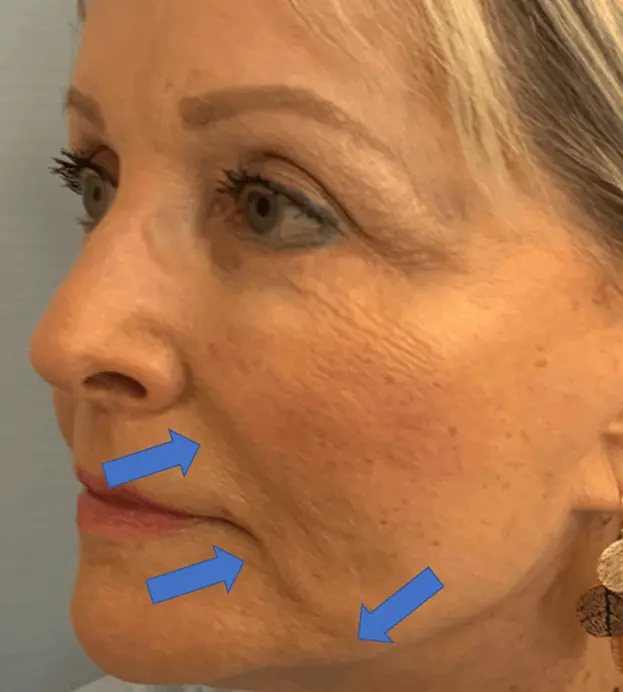
These areas are a challenge to treat with fillers. A facelift is very effective for the neck and jowls, but not so much for the marionette line and ineffective for the nasolabial fold.
The anchoring ligaments of the face are used to anchor the threads that pass through the areas of concern and are pulled up and back to a more youthful position.
Image: Anchoring ligaments of the face (also called retaining ligaments) include the zygomatic ligaments and the masseteric ligament:
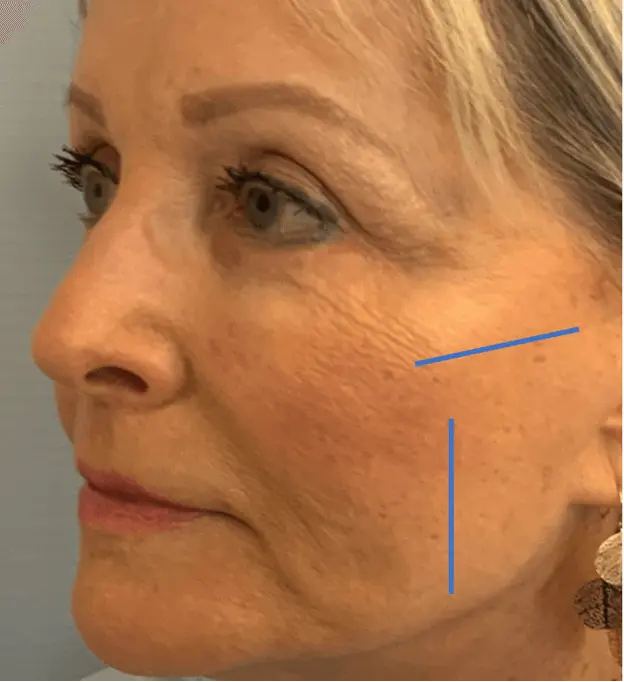
The threads are then placed. You will get an anesthetic (injected) and a needle is inserted above or behind the anchoring ligaments. The threads are in a cannula, which is a thin metal tube that is passed through the needle hole, and advanced beyond the area of concern (jowl for example).
Image of thread patterns:
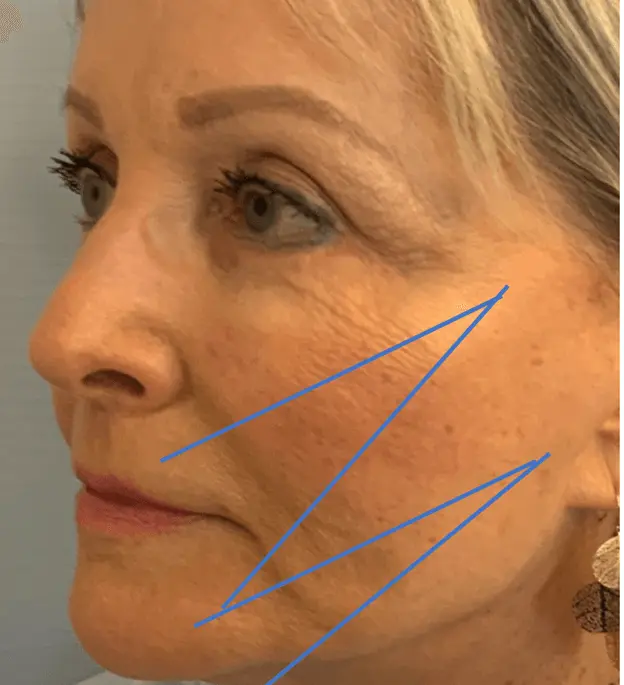
The cannula is removed and the threads are pulled back, lifting the face. The threads are clipped off at the insertion point and will hold the face in a lifted position until your body replaces them with connective tissue.
The final results are best seen in about 2 months, but there are immediate results as well.
Image: 2 months after thread lift:
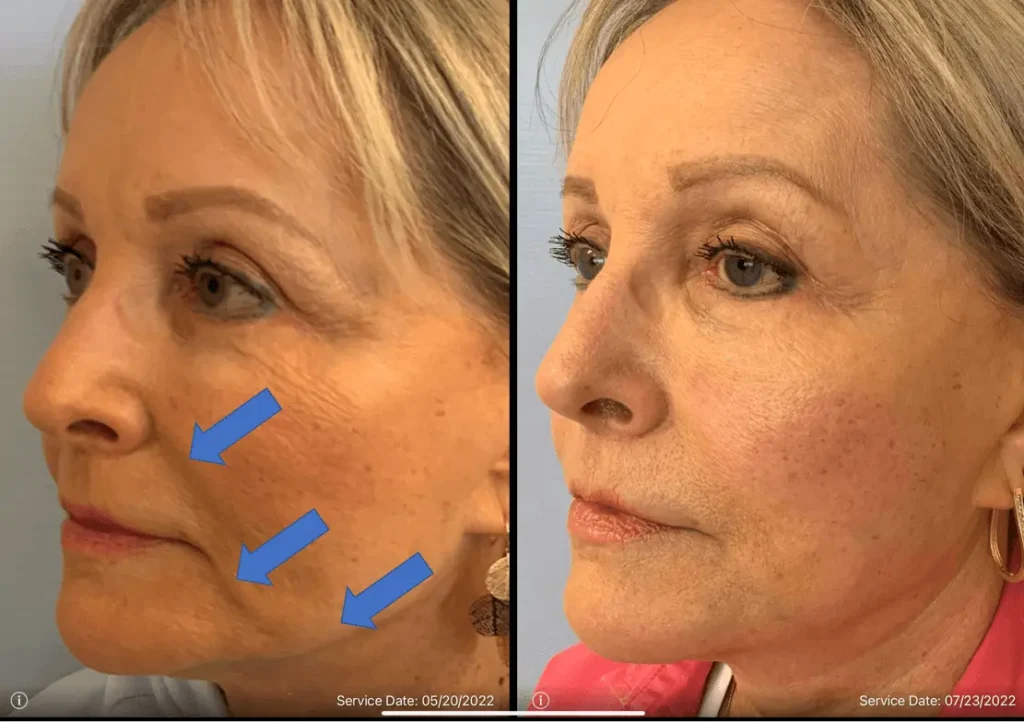
When a thread lift is performed, you are asked to avoid excessive facial movements for a week or so (such as screaming or facial exercises). There may be some bruising or soreness. Dimpling can occur and generally resolves quickly.
The results are said to last 1-2 years, and that is not because it wears off, but you will age back into some of those lines, just like a surgical facelift. Unlike a facelift, a thread lift can be easily repeated.
There are different brands of threads and they can be used in combination. We currently use NovaThread infinity PDO threads and Silhouette Instalift® threads. As the technology of threads changes, we evaluate and change thread types from time to time. The typical cost for a face or neck thread lift is $3,400; or both face and neck for $4,400.
Dr Charles Mok


